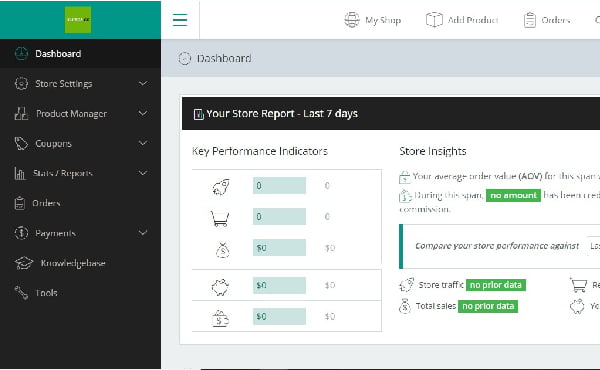Up to this point, it’s almost needless to state the importance of testing a website for an Ecommerce business.
Following certain design and quality principles, we can optimize user/customer experience and make sure our Ecommerce websites are functional and accessible. For this matter, high emphasis should be put on usability, functionality and performance, but there is, however, a specificity to testing Ecommerce websites in terms of technicality and purpose, and we’ll delve into that right here.
The Must dos
Like any software platform, the different existing testing techniques (functional, performance, security, usability, mobile, database, compatibility, A/B, etc) should be applied whenever, and as extensively as possible, but we’re not going to get deep into that specifically. Rather we’ll suggest scenarios as examples from where to build test cases, taking into account critical components/functions of an Ecommerce website.
Common Ecommerce Website Testing scenarios
General Purpose/UI
It’s highly important to keep tidiness, clarity and attention to detail when designing these test cases, and by that we mean aspects such as interaction with the home page, smoothness and intuitiveness when navigating the whole website, effects on images –e.g.: when hovering or zooming them, etc.
A typical checklist when thinking about overall testing of an Ecommerce website would be something like this:
- Links redirect properly to category and/or product pages.
- Menus/submenus expand and collapse smoothly, displaying all the categories and subcategories.
- Products listed in a certain category are relevant to the category page.
- Total product count on search result pages is correct.
- Clear presentation of a listed product; price, category name, product description/details, brand logos, etc., are visible and readable.
Home Page
The homepage of an Ecommerce website is more than the sum of its parts; it’s the face of the company. Whether it is a clickable slideshow, a background image or an auto-scroll that redirects to other pages, the home page is a key marketing element of an Ecommerce website.
As a tester, there are certain things one should look after when testing the home page:
- Elements like banners, footer, social media links, etc. display and function correctly.
- Test page loading time –as part of performance/load testing routines.
- If the page has auto-scrolls, check refreshing times as per design.
- Home page look and feel and performance is consistent across different web browsers, OS platforms and screen resolutions (cross-browser/platform compatibility and responsiveness testing).
Search
Such an indispensable element/function in any modern Ecommerce website, it barely needs introduction. Since everyone who visits an online store is looking for something, it’s important to ensure a user/customer can find it in an intuitive and hassle-free way.
Some tips for testing the search function:
- When doing a search query, we must ensure results are relevant and exact. They should yield the right coincidences for product category, name, brand etc.
- Projected per-page results should match real results of products displayed on page.
- Search criteria like brand, price, ratings, reviews etc., if available, should be enabled and filter results properly.
- For multiple-page results, some mechanism must be available to browse between pages.
Shopping Cart
No real, viable online store can exist without a well functioning shopping cart. Keeping a precise account of the products a customer is selecting and their respective prices is critical, for obvious reasons: quality of service.
Some points to stress on when testing the shopping cart:
- An item should be added to the cart each time a user clicks or taps on a product’s Add to Cart button. Conversely, a specific item should be removed from the cart each time a user selects its respective Remove from Cart button.
- When the user is done shopping, some Checkout button should redirect him to the checkout page.
- Amounts for all the selected products in the cart are correctly displayed.
- Taxes must be calculated according to location and reflected in the sum total.
- Shipping costs must be calculated according to the selected shipping options, and reflected in the sum total.
- If options for coupons, loyal customer programs or other types of discount promotions, such discounts must be reflected in the sum total.
Payment Processing
Statistics say, sadly, that most cart abandonments are so due to the payment process being too complex or unintuitive. This leaves no doubt that testing the payment processing/gateway is indeed a very important step when testing an Ecommerce website.
These are considered the key areas any tester should prioritize when testing an Ecommerce website payment gateway:
- All payment options, if announced, must be available and functional.
- Guest user checkouts should be allowed, using a partial address to compute shipping and taxes costs.
- If the user is a returning customer, login page should prompt them to sign in.
- Regular testing for data storage security is essential to preserve user’s and customer’s financial information safety.
- After the payment is done, the customer should be redirected to some type of confirmation page.
- Payment confirmations such as emails or phone app notifications should be received by the customer.
Conclusion
We’ve pretty roughly covered the critical points in which to put the stress when testing our Ecommerce website, and some of their specific scenarios. These are the key components of any Ecommerce platform, and deserve the appropriate attention, since a user who’s unable to make a purchase on our store, is 99.9% a lost customer.

